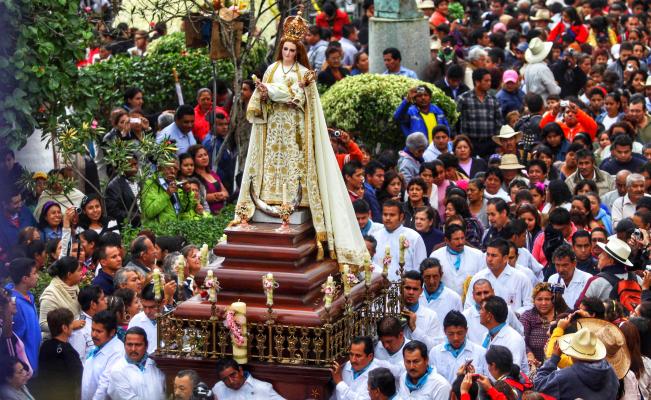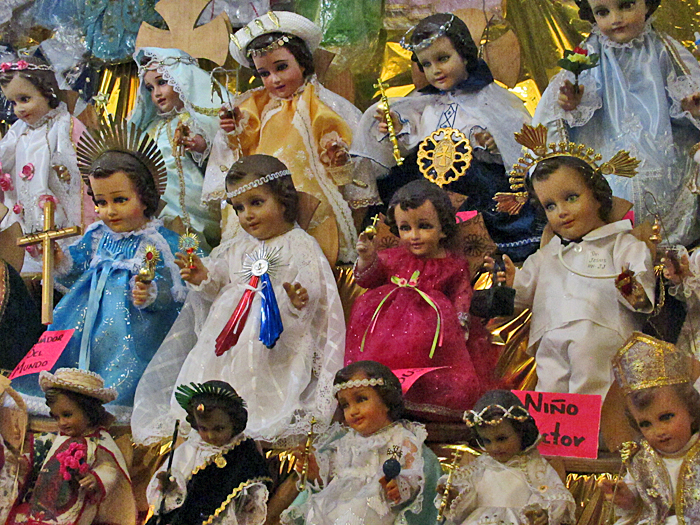Every February 2nd, Mexico and many Latin American countries celebrate Día de la Candelaria, a day where tradition, food, and family come together. If you thought the party ended with La Rosca De Reyes on Three King’s Day, think again—this is where it all comes full circle, especially if you were the lucky one who found the Niño Dios (baby Jesus) figurine in the Rosca de Reyes. You’re now officially on the hook for La Tamaliza, and no, there’s no backing out!
The Roots of Día de la Candelaria
Día de la Candelaria is a mezcla of pre-Hispanic traditions and Catholic rituals, with origins tracing back to two major influences:
- Catholic Tradition: In the Catholic calendar, February 2nd marks the presentation of Jesus at the Temple and the purification of the Virgin Mary, 40 days after Christmas. This day is also known as the Feast of the Purification of the Blessed Virgin Mary or the Presentation of the Lord. The name “Candelaria” comes from the tradition of blessing candles (candelas) during Mass, symbolizing Jesus as the “light of the world.”
- Indigenous Influence: Before Catholicism arrived in the Americas, Indigenous peoples in Mexico celebrated the beginning of the agricultural cycle around this time. They honored Tláloc, the god of rain, and Chalchiuhtlicue, the goddess of water, to ensure a bountiful harvest. Spanish colonizers merged these traditions with Catholic practices, creating the unique blend we celebrate today.

According to UNAM Global, “this syncretism between pre-Hispanic and Catholic traditions reflects Mexico’s complex cultural heritage and how indigenous customs persist within modern religious celebrations.”
How Día de la Candelaria is Celebrated
- The Tamalada: is the day you pay your debt of tamales, family and friends get together and share tamales. This ties back to the Rosca de Reyes tradition—whoever finds the Niño Dios (Baby Jesus) in their slice of Rosca on January 6th is responsible for hosting the tamalada on February 2nd. According to Aci Prensa, “the offering of tamales is a pre-Hispanic ritual associated with the beginning of the agricultural cycle, where indigenous people made maize-based offerings to their gods for a prosperous harvest.”
- Dressing the Niño Dios: Many families dress the Niño Dios figurine from their Nativity scene in elaborate outfits and bring it to church for a blessing, symbolizing the presentation of Jesus at the Temple. As noted by Gob.mx “La Candelaria es una fecha que une a las familias y comunidades en torno a la fe, la tradición y la gastronomía.”
- Community Festivities: Towns and cities across Mexico hold processions, music, and dance performances. In places like Tlacotalpan, Veracruz, the celebration includes river processions and vibrant displays of local culture.

Celebrating Día de la Candelaria in Los Angeles
In Los Angeles, Día de la Candelaria is a cherished tradition among Mexican and Latino communities. Churches across the city, including La Placita Olvera and Our Lady of Guadalupe Shrine, host special Masses to bless candles and Niño Dios figurines. According to ABC7 Los Angeles, “El Día de la Candelaria is a special day in the Catholic church and Mexican-American community. It’s the culmination of the Christmas season.”
So what you waiting for? Go get some tamales!
References:
El Sudcaliforniano
Gob.mx
ACI Prensa
UNAM Globa
ABC7 Los Angeles










What do you think?
Show comments / Leave a comment